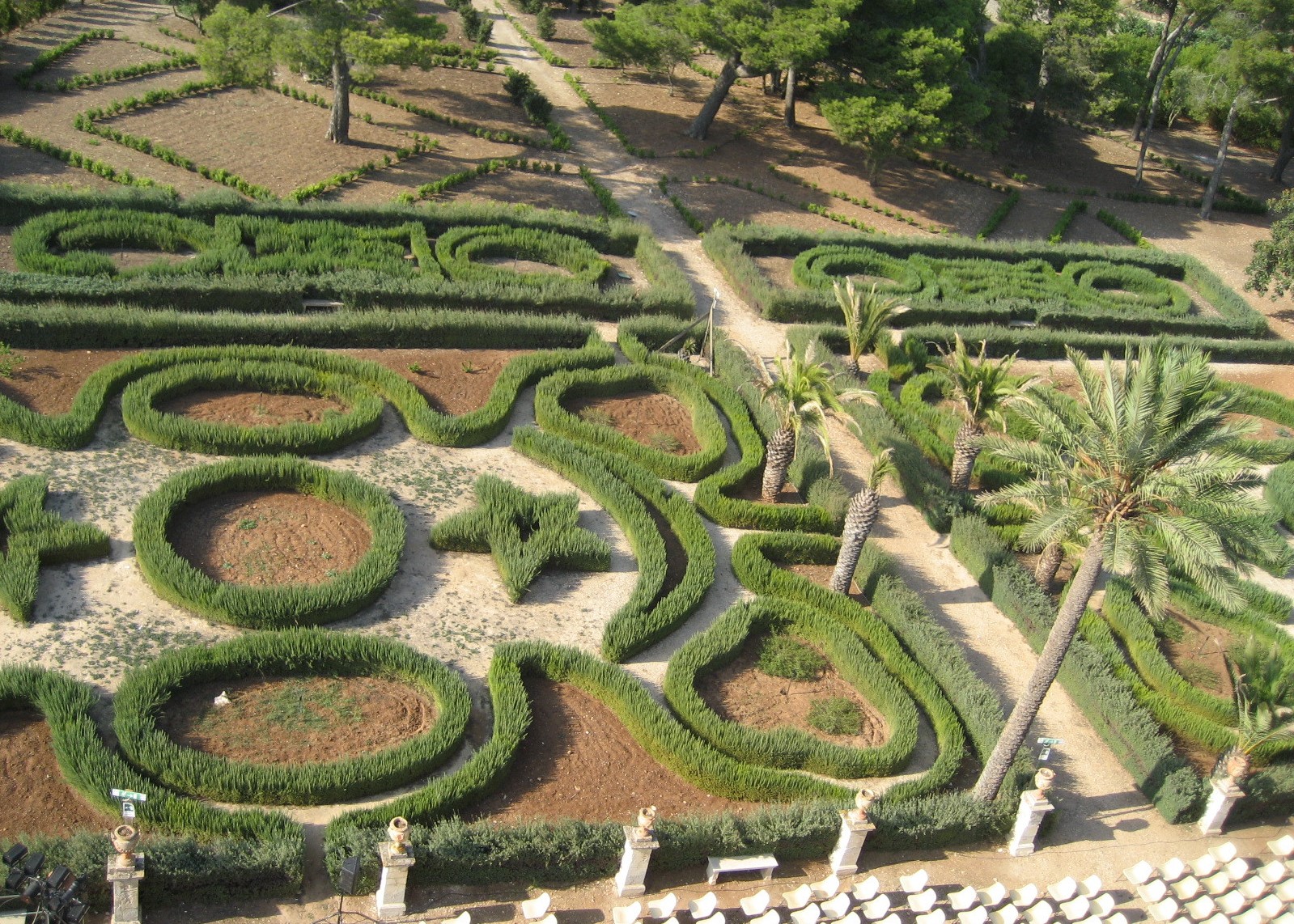
 Italian Botanical Heritage
Italian Botanical Heritage
Italian gardens: The Park of Donnafugata Castle
- WTI Magazine #119 Sep 15, 2019
-

 Italian Botanical Heritage
Italian Botanical Heritage
The Donnafugata Castle, almost 10 miles from Ragusa, is a sumptuous noble residence of the late '800, of 1,5 square miles, with a facade in neo-Gothic style accompanied by two side towers.
The first construction of the castle dates back to 1300, but there are no certain dates. Later, it was purchased in 1648 by Vincenzo Arezzo-La Rocca, former baron of Serri or Serre, who made it a fortified farm. Over time it was transformed into a neoclassical house and neo-Gothic castle, but most of the construction is due to Baron Corrado Aresso, eclectic man of studies, in the nineteenth century. After various vicissitudes and years of neglect and abandonment, in 1982 it was purchased by the Municipality of Ragusa, which restored it and opened it to the public.
A similar fate has happened to the large park, now considered one of the most beautiful historical gardens in the South of Italy. Shaded in the first section by large Ficus magnolioides, succulent, maritime pines, it includes a circular temple, the coffee house, the stone labyrinth and some artificial caves, and is divided into three large homogeneous areas: the orchard-garden, the formal gardens and the informal gardens.
Its restoration was designed and directed by Biagio Gruccione and Giacometto Nicastro, in full compliance with the Florence Charter of 1981. Their intervention, based on a deep study and a careful historical-architectural and botanical documentation, restored first of all the safeguard of all the existing trees through cultivation practices and phytosanitary interventions, the removal of all the dead plants, the supply and planting of the missing plants. Then there was the recovery of the small palm garden, the restoration of the greenhouse, of the labyrinth, of the coffee house and of the temple, the realization of the irrigation system, the restoration of the main paths and above all the reconstruction of the wonderful parterre realized by Lestrade at the beginning of the twentieth century.